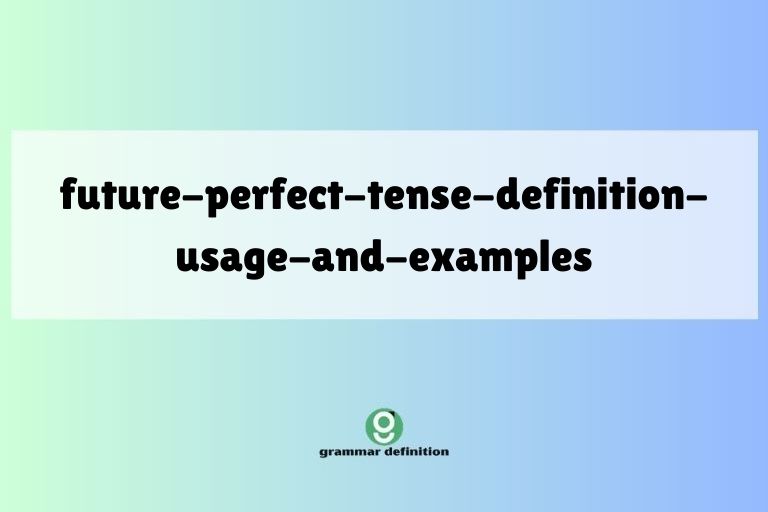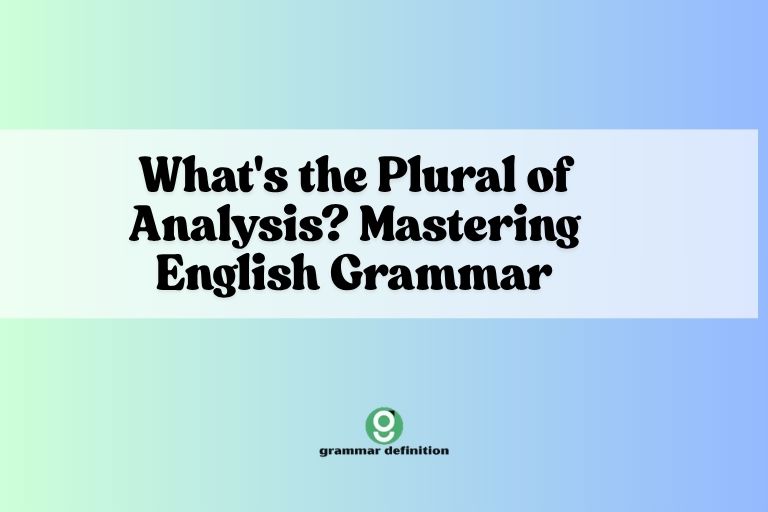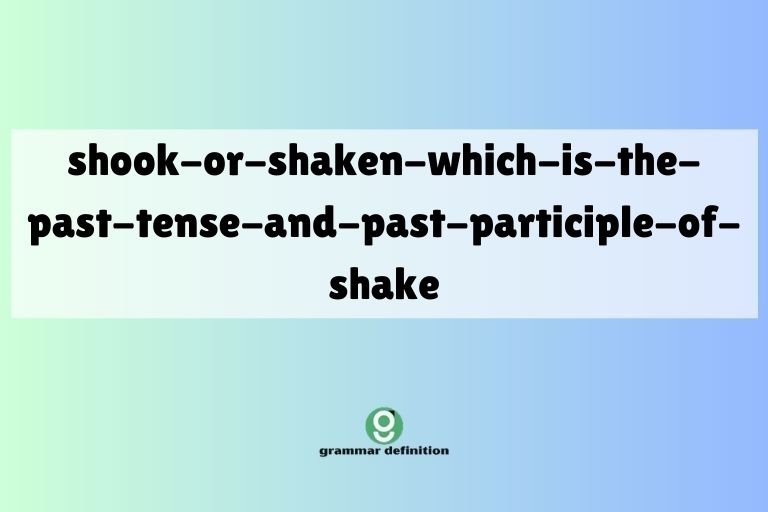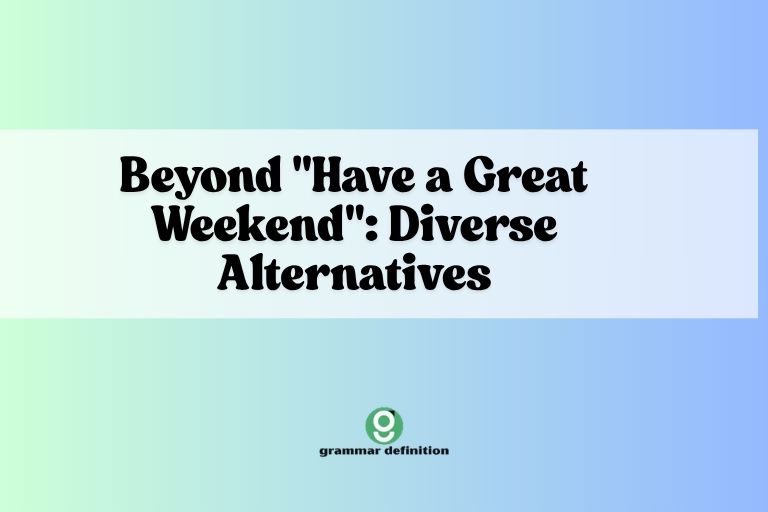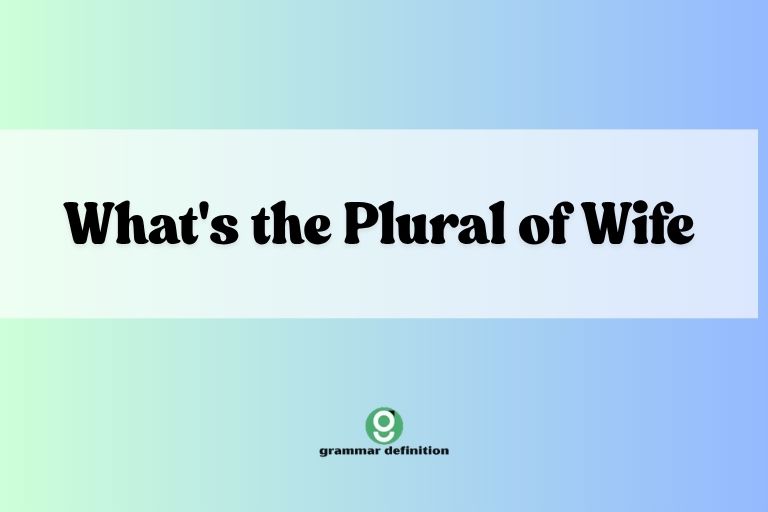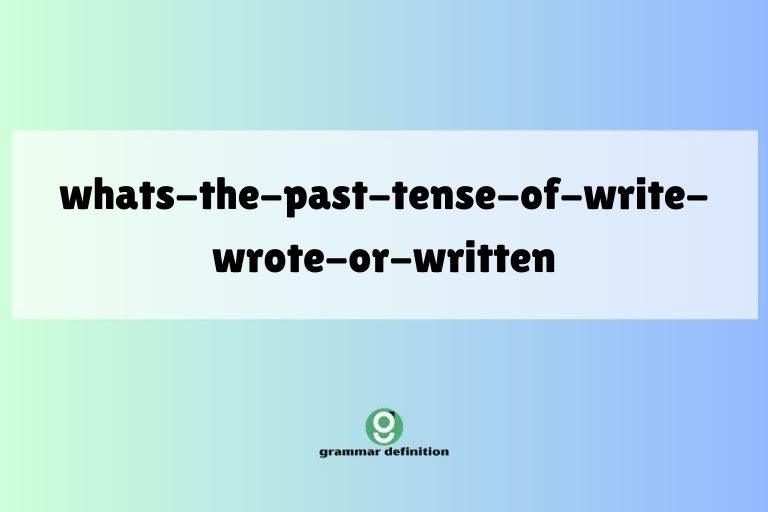Nouns: Common vs. Proper, Abstract vs. Concrete
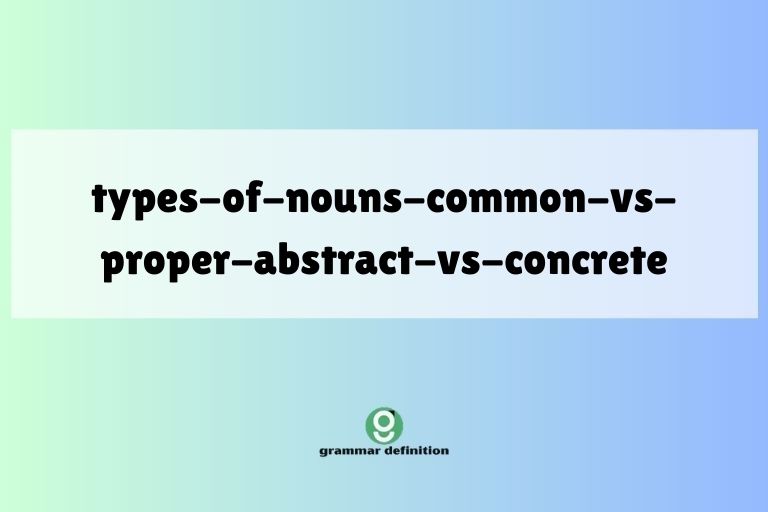
Understanding the different types of nouns is fundamental to mastering English grammar. Nouns form the backbone of sentences, naming people, places, things, and ideas.
This article provides a comprehensive guide to common, proper, abstract, and concrete nouns, exploring their definitions, usage, and examples. By grasping these concepts, learners can improve their writing accuracy, clarity, and overall communication skills.
This guide is designed for English language learners of all levels, from beginners to advanced speakers. Whether you’re looking to solidify your basic understanding or refine your advanced grammar skills, this article offers valuable insights and practical exercises to help you succeed.
Mastering these noun classifications will empower you to construct more precise and effective sentences.
Definition of Nouns
A noun is a word that names a person, place, thing, or idea. Nouns are essential building blocks of sentences, serving as subjects, objects, complements, and more. They provide the foundation for communication by identifying the entities we are discussing.
Nouns can be classified in various ways, including by countability (countable vs. uncountable), gender (masculine, feminine, neuter, common), and type (common, proper, abstract, concrete). Understanding these classifications helps in using nouns correctly and effectively.
In essence, nouns answer the question “Who?” or “What?” in a sentence. They provide the necessary context and specificity for conveying meaning.
Without nouns, it would be impossible to refer to anything or anyone, making communication incredibly difficult.
Structural Breakdown of Nouns
Nouns often function as the subject of a sentence, performing the action described by the verb. For example, in the sentence “The dog barked,” the noun “dog” is the subject.
Nouns can also serve as the object of a verb, receiving the action. In the sentence “She petted the cat,” the noun “cat” is the object.
Furthermore, nouns can act as complements, providing more information about the subject or object. For instance, in the sentence “He is a doctor,” the noun “doctor” is a subject complement.
Nouns are frequently modified by adjectives, which provide descriptive details. For example, “the red car” uses the adjective “red” to describe the noun “car.” They can also be modified by other nouns, often in possessive form, such as “the car’s engine.” Understanding these structural roles is vital for constructing grammatically correct and meaningful sentences.
Common vs. Proper Nouns
Nouns can be broadly categorized into common nouns and proper nouns. This distinction is crucial for understanding capitalization rules and the level of specificity required in different contexts.
Common Nouns
Common nouns refer to general categories of people, places, things, or ideas. They are not capitalized unless they begin a sentence. Examples include dog, city, book, and happiness.
Common nouns provide a general reference without specifying a particular entity. For example, “I saw a bird” refers to any bird, not a specific one with a name or unique characteristic. They help in describing general concepts and categories.
Proper nouns refer to specific, unique people, places, things, or ideas. They are always capitalized. Examples include John, London, The Lord of the Rings, and Christmas. Proper nouns distinguish particular entities from general categories. For example, “I visited Paris” refers to a specific city named Paris, not just any city. They provide precise identification and clarity.Proper Nouns
Capitalization Rules for Proper Nouns
Proper nouns require capitalization to distinguish them from common nouns. This capitalization rule applies to names of people, places, organizations, holidays, and specific works of art or literature.
Key Capitalization Rules:
- Names of people: Jane Doe, Dr. Smith
- Names of places: New York City, Mount Everest
- Names of organizations: United Nations, Google
- Names of holidays: Thanksgiving, Valentine’s Day
- Titles of books, movies, and songs: Pride and Prejudice, The Shawshank Redemption, “Imagine”
Understanding these rules is essential for writing correctly and avoiding common grammatical errors. Proper capitalization ensures clarity and professionalism in written communication.
Abstract vs. Concrete Nouns
Another important distinction among nouns is between abstract nouns and concrete nouns. This classification is based on whether the noun refers to something tangible or intangible.
Abstract Nouns
Abstract nouns refer to ideas, concepts, qualities, or states that cannot be perceived with the five senses (sight, smell, taste, touch, hearing). Examples include love, freedom, justice, and courage.
Abstract nouns represent intangible entities that exist in the realm of thought and emotion. They are often used to describe feelings, principles, or philosophical concepts.
Understanding abstract nouns is crucial for discussing complex ideas and emotions.
Concrete Nouns
Concrete nouns refer to people, places, or things that can be perceived with the five senses. Examples include table, flower, house, and music.
Concrete nouns represent tangible entities that exist in the physical world. They are often used to describe objects, substances, and living beings.
Understanding concrete nouns is essential for describing the physical environment and everyday experiences.
Examples of Noun Types
To further illustrate the different types of nouns, let’s examine specific examples in various categories.
Common Noun Examples
The following table provides a variety of common noun examples, categorized by type.
| Category | Examples |
|---|---|
| People | teacher, student, doctor, lawyer, artist, child, parent, friend, neighbor, colleague |
| Places | city, country, park, school, hospital, restaurant, store, beach, mountain, river |
| Things | book, car, table, chair, computer, phone, pen, paper, tree, flower |
| Ideas | time, love, happiness, freedom, justice, peace, democracy, education, knowledge, success |
| Animals | dog, cat, bird, fish, horse, lion, tiger, elephant, monkey, bear |
| Foods | apple, banana, bread, cheese, milk, water, juice, coffee, tea, rice |
| Occupations | engineer, nurse, chef, accountant, musician, writer, programmer, designer, salesperson, manager |
| Vehicles | bicycle, motorcycle, bus, train, airplane, boat, ship, helicopter, truck, van |
| Furniture | sofa, bed, desk, cabinet, shelf, stool, wardrobe, dresser, nightstand, bookcase |
| Clothing | shirt, pants, dress, skirt, jacket, coat, shoes, socks, hat, gloves |
These examples highlight the general nature of common nouns, which refer to broad categories rather than specific entities. Common nouns are the foundation of everyday language and communication.
The following table provides a variety of proper noun examples, categorized by type. These examples illustrate the specific nature of proper nouns, which refer to unique entities. Proper nouns require capitalization to distinguish them from common nouns.Proper Noun Examples
Category
Examples
People
John Smith, Mary Jones, Dr. Emily Carter, Professor David Lee, Queen Elizabeth II
Places
New York City, Paris, London, Tokyo, Rome, Grand Canyon, Amazon River, Mount Everest, Eiffel Tower, Buckingham Palace
Organizations
United Nations, World Health Organization, Google, Apple, Microsoft, Harvard University, Red Cross, Amnesty International, Greenpeace, NASA
Holidays
Christmas, Thanksgiving, Easter, Halloween, Valentine’s Day, New Year’s Day, Independence Day, Labor Day, Memorial Day, Veteran’s Day
Titles of Works
Pride and Prejudice, The Shawshank Redemption, “Imagine”, Mona Lisa, Star Wars, Harry Potter, The Lord of the Rings, The Great Gatsby, Hamlet, “Bohemian Rhapsody”
Days of the Week
Monday, Tuesday, Wednesday, Thursday, Friday, Saturday, Sunday
Months of the Year
January, February, March, April, May, June, July, August, September, October, November, December
Languages
English, Spanish, French, German, Chinese, Japanese, Italian, Russian, Arabic, Portuguese
Nationalities
American, British, French, German, Chinese, Japanese, Italian, Russian, Arab, Portuguese
Brands
Nike, Adidas, Toyota, Honda, Samsung, Sony, Coca-Cola, Pepsi, McDonald’s, Starbucks
Abstract Noun Examples
The following table provides a variety of abstract noun examples, categorized by type.
| Category | Examples |
|---|---|
| Emotions | love, hate, joy, sadness, anger, fear, happiness, grief, excitement, disappointment |
| Concepts | freedom, justice, equality, peace, democracy, liberty, truth, knowledge, wisdom, faith |
| Qualities | courage, honesty, kindness, intelligence, creativity, patience, loyalty, generosity, compassion, humility |
| States | childhood, adulthood, poverty, wealth, health, illness, success, failure, ignorance, enlightenment |
| Beliefs | religion, faith, hope, trust, doubt, skepticism, optimism, pessimism, superstition, ideology |
| Processes | education, learning, growth, development, evolution, progress, change, transformation, improvement, innovation |
| Disciplines | science, mathematics, history, literature, philosophy, art, music, psychology, sociology, economics |
| Feelings | comfort, pain, pleasure, suffering, relief, anxiety, stress, boredom, frustration, satisfaction |
| Virtues | charity, forgiveness, gratitude, integrity, modesty, respect, responsibility, sincerity, tolerance, understanding |
| Vices | greed, envy, pride, sloth, lust, gluttony, wrath, arrogance, deceit, selfishness |
These examples highlight the intangible nature of abstract nouns, which refer to ideas, concepts, qualities, or states. Abstract nouns are essential for discussing complex thoughts and emotions.
Concrete Noun Examples
The following table provides a variety of concrete noun examples, categorized by type.
| Category | Examples |
|---|---|
| People | baby, man, woman, child, teenager, student, teacher, doctor, artist, musician |
| Places | house, building, park, garden, forest, beach, mountain, river, ocean, desert |
| Things | table, chair, book, pen, computer, phone, car, bicycle, tree, flower |
| Animals | dog, cat, bird, fish, horse, lion, tiger, elephant, monkey, bear |
| Foods | apple, banana, bread, cheese, milk, water, juice, coffee, tea |
| Materials | wood, metal, plastic, glass, paper, cloth, stone, brick, concrete, rubber |
| Substances | water, air, earth, fire, oil, gas, sugar, salt, flour, sand |
| Instruments | guitar, piano, violin, drums, trumpet, flute, saxophone, clarinet, cello, keyboard |
| Tools | hammer, screwdriver, wrench, saw, drill, pliers, knife, scissors, shovel, rake |
| Vehicles | car, bus, train, airplane, boat, ship, motorcycle, truck, van, bicycle |
These examples illustrate the tangible nature of concrete nouns, which refer to people, places, or things that can be perceived with the five senses. Concrete nouns are essential for describing the physical world and everyday experiences.
Usage Rules for Nouns
Understanding the usage rules for different types of nouns is crucial for constructing grammatically correct and meaningful sentences.
Common Noun Usage
Common nouns are used to refer to general categories of people, places, things, or ideas. They are not capitalized unless they begin a sentence. Common nouns can be singular or plural, and they can be used with articles (a, an, the) or without articles, depending on the context.
Examples:
- I saw a cat in the garden.
- Children love to play games.
- The city is very crowded.
Proper nouns are used to refer to specific, unique people, places, things, or ideas. They are always capitalized. Proper nouns are typically singular and do not require articles unless they are part of a title or name. Examples:Proper Noun Usage
Abstract Noun Usage
Abstract nouns are used to refer to ideas, concepts, qualities, or states that cannot be perceived with the five senses. They are typically uncountable and used without articles, unless referring to a specific instance.
Examples:
- Love is a powerful emotion.
- Freedom is essential for a just society.
- The courage he showed was remarkable.
Concrete Noun Usage
Concrete nouns are used to refer to people, places, or things that can be perceived with the five senses. They can be countable or uncountable, and they can be used with articles (a, an, the) or without articles, depending on the context.
Examples:
- I bought a new book.
- The table is made of wood.
- I saw a bird flying in the sky.
Common Mistakes with Nouns
Several common mistakes can occur when using nouns, particularly with capitalization and article usage. Understanding these mistakes and how to correct them is crucial for improving your writing accuracy.
Mistake 1: Incorrect Capitalization of Common Nouns
- Incorrect: I went to the Park.
- Correct: I went to the park.
Mistake 2: Incorrect Capitalization of Proper Nouns
- Incorrect: I visited new york city.
- Correct: I visited New York City.
Mistake 3: Incorrect Article Usage with Abstract Nouns
- Incorrect: The happiness is important.
- Correct: Happiness is important.
Mistake 4: Incorrect Article Usage with Concrete Nouns
- Incorrect: I saw cat in the garden.
- Correct: I saw a cat in the garden.
Mistake 5: Confusing Abstract and Concrete Nouns
- Incorrect: I can touch freedom. (Freedom is an abstract concept)
- Correct: I value freedom.
By being aware of these common mistakes and practicing correct usage, you can significantly improve your grammar skills.
To reinforce your understanding of noun types, complete the following exercises. Identify whether each underlined noun is common, proper, abstract, or concrete. Answer Key: Correct the following sentences by fixing any errors in noun capitalization or article usage. Answer Key:
Practice Exercises
Exercise 1: Identifying Noun Types
Sentence
Underlined Noun
Noun Type
John went to the store.
John
I feel a lot of happiness.
happiness
The dog barked loudly.
dog
We visited London last summer.
London
Justice is important for a fair society.
Justice
The table is made of wood.
table
She is studying English.
English
I have a lot of friendship with her.
friendship
The car is very fast.
car
We celebrated Thanksgiving last week.
Thanksgiving
Sentence
Underlined Noun
Noun Type
John went to the store.
John
Proper
I feel a lot of happiness.
happiness
Abstract
The dog barked loudly.
dog
Common, Concrete
We visited London last summer.
London
Proper
Justice is important for a fair society.
Justice
Abstract
The table is made of wood.
table
Common, Concrete
She is studying English.
English
Proper
I have a lot of friendship with her.
friendship
Abstract
The car is very fast.
car
Common, Concrete
We celebrated Thanksgiving last week.
Thanksgiving
Proper
Exercise 2: Correcting Noun Usage
Incorrect Sentence
Corrected Sentence
I went to the park on monday.
the love is a great thing.
i saw cat in the garden.
she is studying english.
the freedom is very important.
i visited paris last summer.
he is a doctor at the hospital.
the happiness is a great feeling.
she is reading a book by charles dickens.
we celebrated thanksgiving last year.
Incorrect Sentence
Corrected Sentence
I went to the park on monday.
I went to the park on Monday.
the love is a great thing.
Love is a great thing.
i saw cat in the garden.
I saw a cat in the garden.
she is studying english.
She is studying English.
the freedom is very important.
Freedom is very important.
i visited paris last summer.
I visited Paris last summer.
he is a doctor at the hospital.
He is a doctor at the hospital.
the happiness is a great feeling.
Happiness is a great feeling.
she is reading a book by charles dickens.
She is reading a book by Charles Dickens.
we celebrated thanksgiving last year.
We celebrated Thanksgiving last year.
Advanced Topics in Noun Usage
For advanced learners, understanding more complex aspects of noun usage can further refine your grammar skills. These topics include nominalization, gerunds, and collective nouns.
Nominalization: This is the process of turning verbs or adjectives into nouns. For example, the verb “decide” can become the noun “decision.” Nominalization often makes writing more formal and abstract.
Gerunds: These are verb forms ending in “-ing” that function as nouns. For example, “Swimming is a great exercise.” Here, “swimming” acts as the subject of the sentence.
Collective Nouns: These nouns refer to a group of individuals or things. Examples include “team,” “family,” and “committee.” Collective nouns can be singular or plural depending on whether the group is acting as a unit or as individual members.
Mastering these advanced topics will enhance your ability to use nouns effectively in a variety of contexts, from formal writing to casual conversation. Understanding these nuances will make your writing more sophisticated and precise.
Frequently Asked Questions (FAQ)
Here are some frequently asked questions about nouns and their types.
Q1: What is the difference between a common noun and a proper noun?
A: A common noun refers to a general category (e.g., city, dog), while a proper noun refers to a specific, unique entity (e.g., New York City, Fido). Proper nouns are always capitalized.
Q2: How do I know when to capitalize a noun?
A: Capitalize nouns that are proper nouns, such as names of people, places, organizations, and titles. Also, capitalize the first word of a sentence, regardless of whether it is a noun.
Q3: What is the difference between an abstract noun and a concrete noun?
A: An abstract noun refers to an idea, concept, or quality that cannot be perceived with the five senses (e.g., love, freedom). A concrete noun refers to a person, place, or thing that can be perceived with the five senses (e.g., table, flower).
Q4: Can a noun be both common and concrete?
A: Yes, many nouns are both common and concrete. For example, “dog” is a common noun because it refers to a general category of animal, and it is a concrete noun because you can see, touch, and hear a dog.
Q5: How do I use articles (a, an, the) with nouns?
A: Use “a” before singular, countable nouns that begin with a consonant sound (e.g., a book). Use “an” before singular, countable nouns that begin with a vowel sound (e.g., an apple). Use “the” to refer to a specific noun that has already been mentioned or is known to the listener/reader (e.g., the dog). Abstract and uncountable nouns often do not require an article.
Q6: Are there exceptions to the capitalization rules for proper nouns?
A: Yes, some organizations or companies might choose not to capitalize certain words in their name for branding purposes. However, in general writing, proper nouns should always be capitalized.
Q7: What are collective nouns, and how do they work?
A: Collective nouns refer to groups of things or people, such as “team,” “family,” or “committee.” They can be singular or plural depending on whether the group is acting as a single unit (singular) or as individual members (plural).
Q8: How can I improve my noun usage in writing?
A: Practice identifying different types of nouns in sentences, pay attention to capitalization rules, and review your writing for correct article usage. Reading widely and seeking feedback on your writing can also help improve your noun usage.
Conclusion
Mastering the different types of nouns—common, proper, abstract, and concrete—is crucial for effective communication in English. By understanding the characteristics and usage rules of each type, learners can improve their writing accuracy, clarity, and overall grammar skills.
This knowledge empowers you to construct more precise and meaningful sentences.
Remember to pay attention to capitalization rules for proper nouns and article usage with both abstract and concrete nouns. Practice identifying noun types in sentences and correcting common mistakes to reinforce your understanding.
With consistent effort and attention to detail, you can confidently navigate the complexities of noun usage and elevate your English language proficiency.

